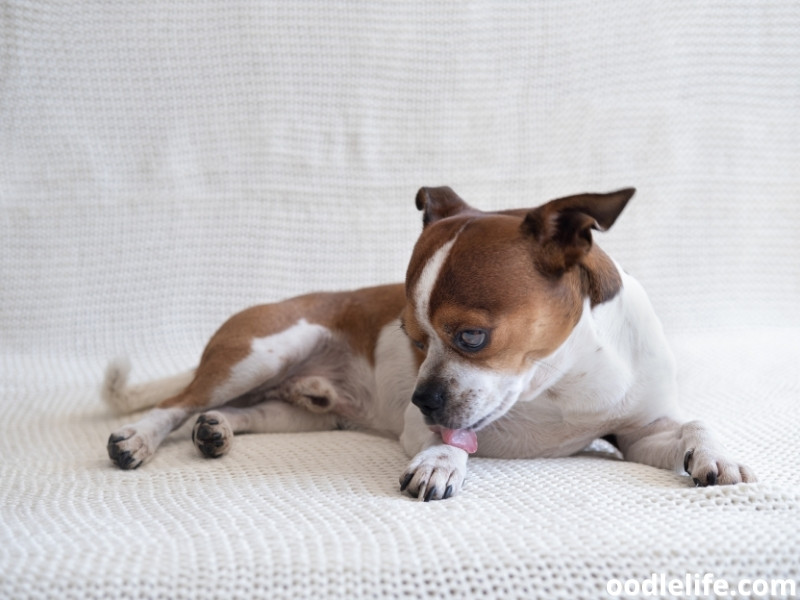Can Dogs Eat Basil? Is Basil Bad for Dogs?
In our desire to provide our dogs with the greatest nutrition for a long, joyful, and healthy life, you may be wondering if our fur babies can eat basil. Newsflash!
Like everything in moderation, dogs can enjoy this nutritious, tasty herb in small amounts. With its anti-inflammatory properties and high antioxidant content, basil has been known to be a nutritional powerhouse that does everything from protecting cells from harm, relieving muscle and joint pain, and reducing the risk of cancer.
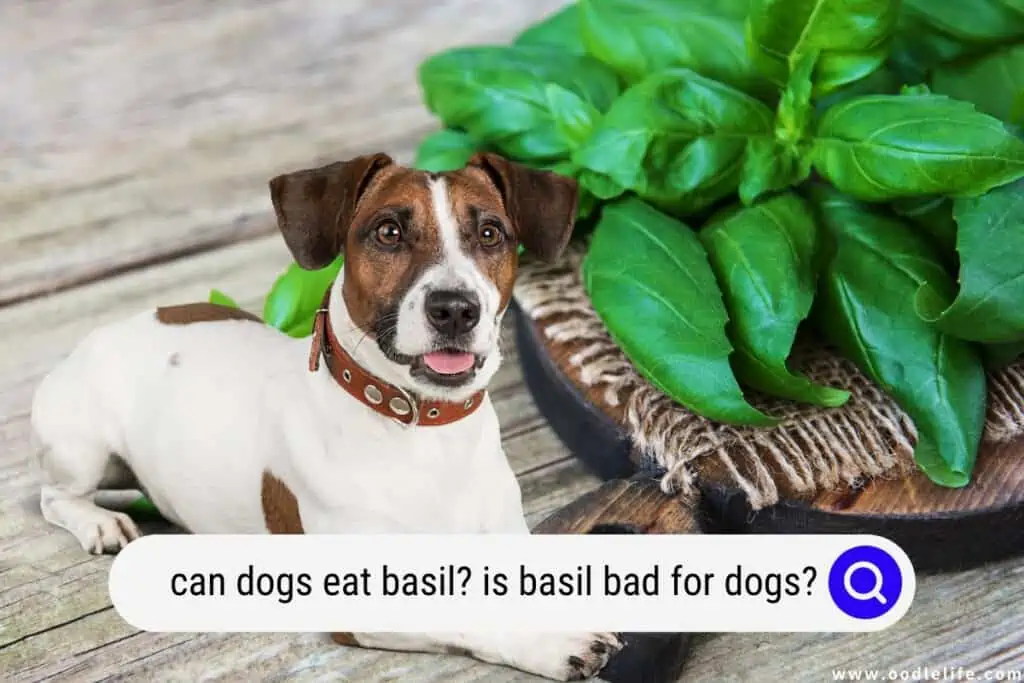
Health Benefits of Basil
Basil is not only an incredibly fragrant and delicious herb, but it also has a long list of health benefits. For centuries, basil has been used to treat a variety of ailments, including indigestion, nausea, and headaches.
The nutritional benefits of basil include:
- Abundant antioxidants
- Anti-inflammatory properties
- Low in calories
- Source of vitamins A and K
- Source of calcium, manganese and iron

How Can You Use Basil In Your Dog’s Food?
Basil is one of the most well-known culinary herbs in the world, thanks to dishes like Italy’s green and creamy pesto. This green herb should only be used as a supplement and never as a primary source of nutrition due to its lack of key elements.
Sprinkle a little quantity of fresh or dried basil on your dog’s meals and gradually add it into his diet. Monitor closely for any signs of indigestion or tummy upset.
Rather than being a primary food source, basil is almost solely utilized as a flavoring and herbal medicine. Basil comes in a variety of flavors and has been used in traditional Eastern medicine, such as Ayurveda, to relieve nausea and many other common ailments.
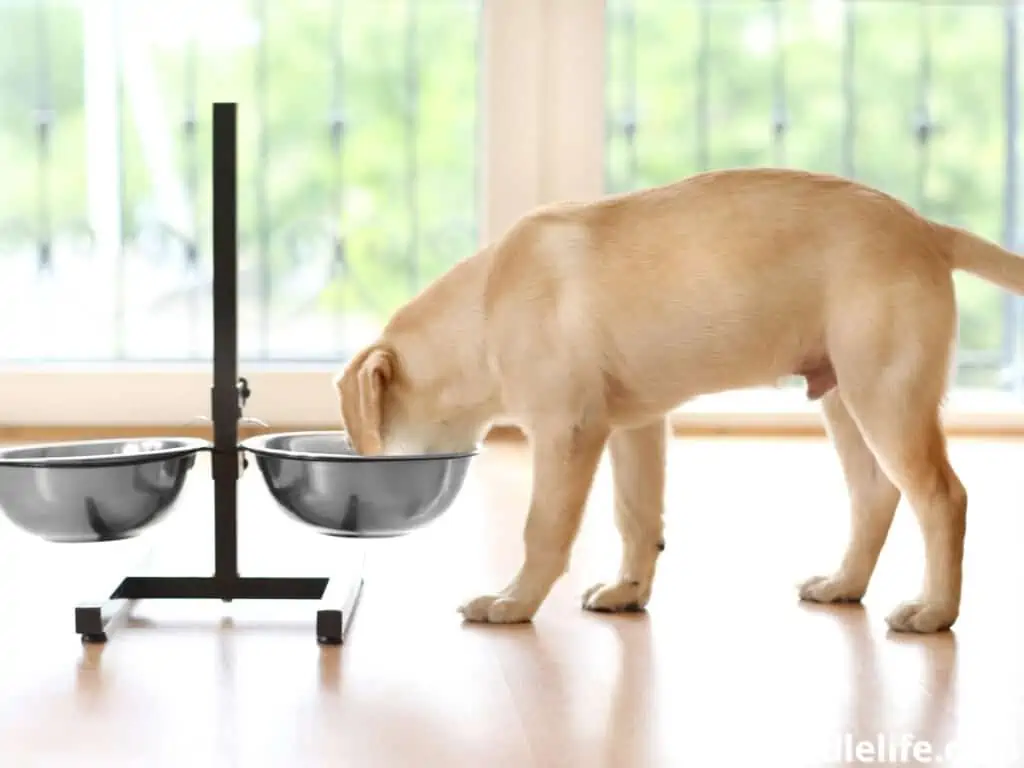
How Much Basil Should You Feed Your Dog?
The amount of any food your dog can eat is dependent on various factors such as your pooch’s size, weight, age, physical condition, and activity level. When adding foods that aren’t part of your dog’s regular diet, it is always advisable to start with very small quantities and gradually increase it.
A modest quantity of basil in regular canine food, or occasionally baked into dog treats, can be a healthy supplement to their diet.
If you give any new ingredient to your dog, be sure to keep an eye out for any negative reactions such as allergies, and always start small.
Start with a small amount of basil (about 1/4 to 1/2 teaspoon) and work your way up to 1-2 teaspoons.
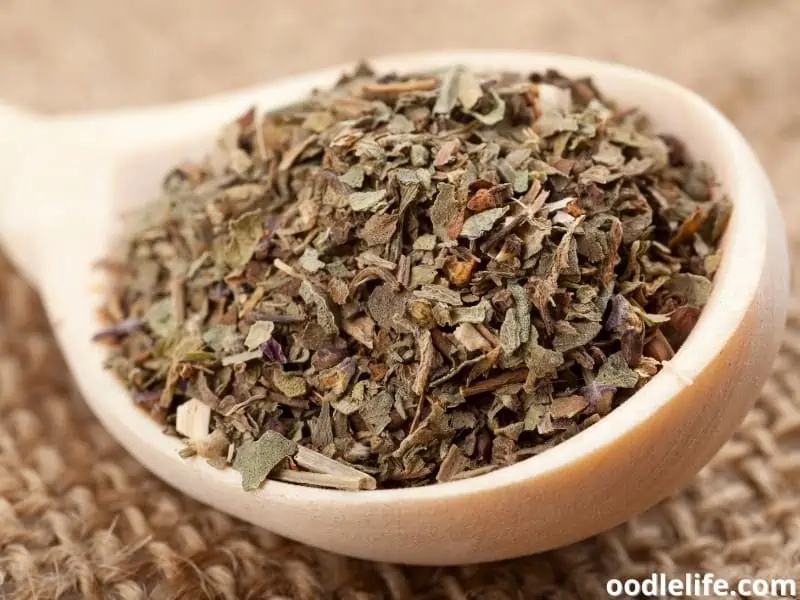
Is Basil Good For Your Dog’s Health?
While research on the effects of basil on canines is limited, research on mice has revealed the following advantages, which may also apply to canines and some other animals. The study found that basil:
- Prevents the formation of ulcers by relaxing blood vessels and thinning the blood.
- Prevents some malignancies.
- Inhibits bacteria that cause tooth decay.
- Aids in the recovery of memory.
- Reduces depression.
- Maintains blood sugar, cholesterol, and triglyceride levels in a safe range.

Is It Safe For Dogs To Eat Basil?
Fresh or dried basil provides no harm to your canine pal however, basil extracts, when given in excess, can cause issues. Basil extracts, such as those found in basil concentrates and supplements, have the potential to create difficulties in dogs with pre-existing illnesses because they thin the blood.
Additionally, basil has caused allergy responses in a tiny percentage of dogs. GI distress, rashes, difficulty breathing, or itching are some of the symptoms of this unusual side effect.

Can Dogs Eat Prepared Foods Containing Basil?
There’s a big difference between giving basil to a dog and feeding packed foods containing basil to a dog.
While basil itself is a safe meal for dogs, many of the prepared recipes in which it is used for human consumption are not.
Because canines are toxic to many common human foods like garlic, chives, onions, and leeks, it’s critical to make sure the basil isn’t mixed with any of these components before feeding it to your dog.
Pesto made with basil is arguably one of the most prevalent dishes in human cooking, and it almost always contains garlic, so be cautious.
You can, however, make your homemade pesto that’s dog friendly without garlic and use that as a flavoring component in your dog’s normal food.
The one ingredient basil is often paired with that is safe for dog consumption, however, is olive oil. Cold-pressed extra virgin olive oil has been shown time and time again to be a healthy fat choice loaded with beneficial polyphenols.
Of course, be mindful of how much-added fats like oil are included as too much of any fat (like butter) can be harsh on your canine’s tummy.
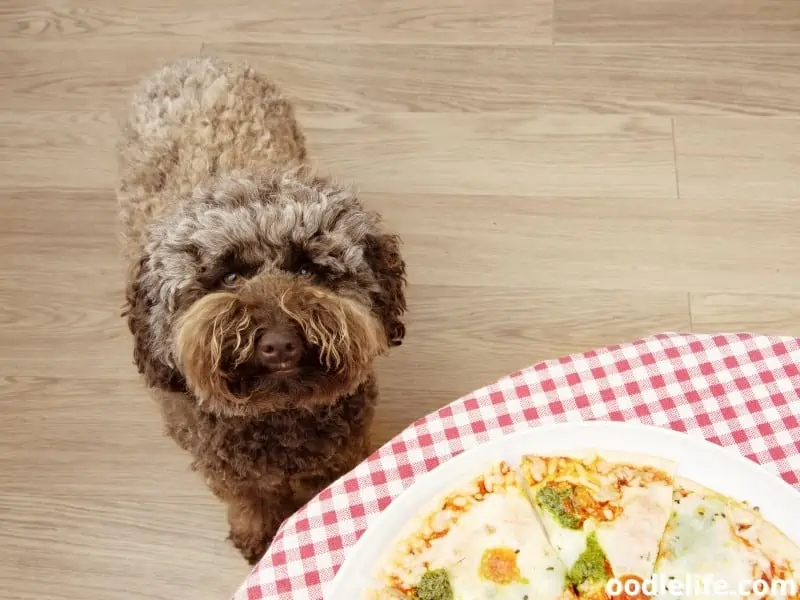
How To Feed Basil To Your Dog?
Basil can be used to spice up your dog’s food, but be warned, basil has a strong taste that not all dogs may take to, so don’t be surprised if your pooch sniffs his food in surprise and turns his nose up at it!
Start with extremely little amounts of basil if you’re giving it to your dog for the first time. Simply chop fresh basil or sprinkle dried basil over your dog’s food. Keep an eye out for any allergic reactions, change in energy levels or potty habits.
If all looks well, you might just have a basil-lovin’ dog that could definitely benefit from the incredible nutritional benefits that the herb gives.
Now you can knock yourself out, and:
- Add basil to your dog’s food regularly as a seasoning.
- Make a homemade pesto to spice up your dog’s food. Be sure to avoid any ingredients like garlic that might be toxic to dogs.
- Bake it into dog-friendly cookies.
- Add it to the BARF diet for fiber and nutrients.
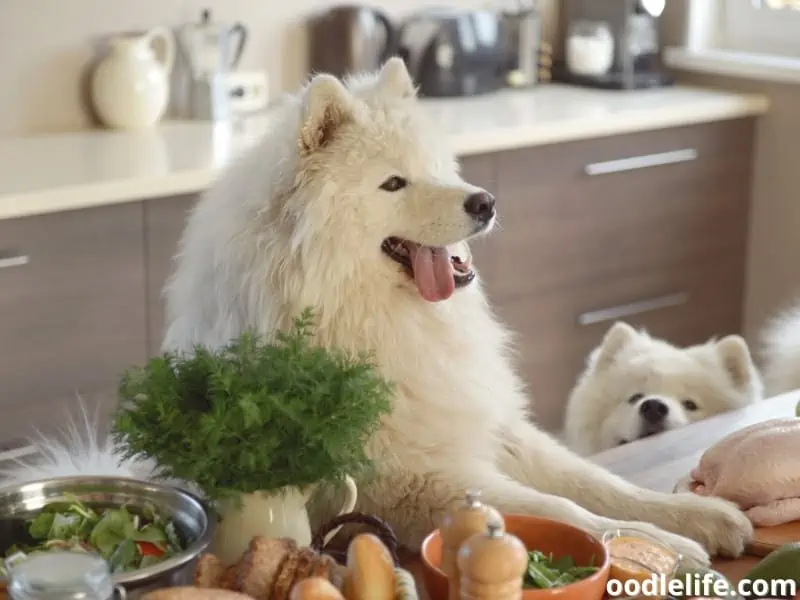
Types of Basil to Feed Your Dog
You can feed your dog a variety of distinct flavors of basil thanks to the several types available. The following are a few of the most popular types:
- Lettuce basil
- Sacra basil
- Sweet basil
- Greek basil
- Thai basil
- Cinnamon basil
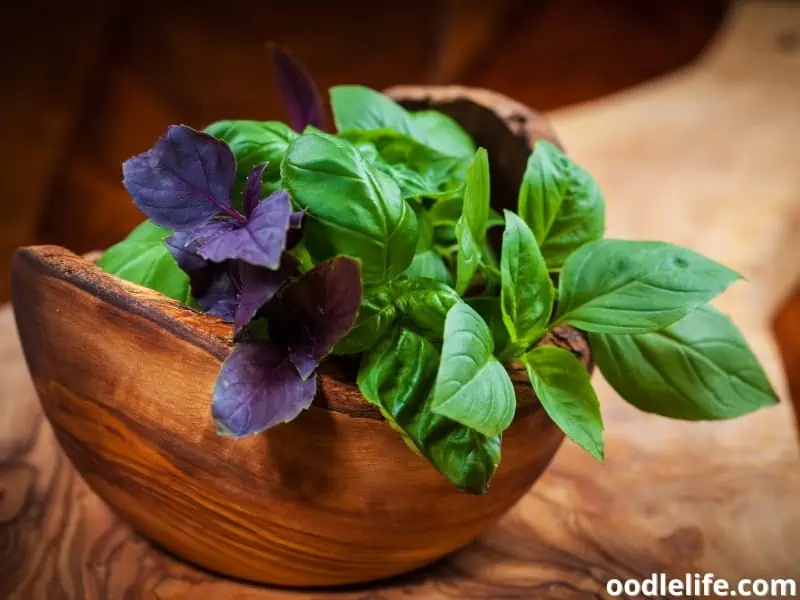
Do Dogs Like To Eat Basil?
Dogs are little gluttons that usually eat everything. However, although they are omnivores, most dogs prefer meat.
Some dogs, on the other hand, will consume anything they see, while others will be more selective. Some canines will adore it, while others may be completely uninterested.
Don’t be shocked if your dog is put off by the strong aroma and flavor of basil; this is a perfectly typical reaction.

When Is Basil Harmful?
While basil isn’t typically toxic to dogs, it’s crucial to watch for any negative effects, especially when introducing something new to your dog’s diet.
Allergic Reactions
While an allergic reaction is rare, it is still possible. If your dog is constantly scratching, licking their paws, or has dry, flaky skin, they may be suffering from food allergies. Other common symptoms include diarrhea, vomiting, and weight loss.
While there are many possible causes of these symptoms, food allergies are one of the most common. If you suspect that your dog has a food allergy, it’s important to take them to the vet for a proper diagnosis.
Loose Stools
Although it’s unlikely given the small numbers, your dog can get the bad case of the runs if he says, eats an entire basil plant in the yard or anything similar.
The culprit here is fiber. A dog’s digestive system can become reactive if he eats that much fiber all at once.
While fiber is an important part of a dog’s diet, too much of it can lead to diarrhea. When dogs eat food that is high in fiber, the fiber binds with water in the intestines and produces a soft, bulky stool. This can be difficult for dogs to pass, and excessive fiber can lead to diarrhea.
This will typically go away on its own, but keep an eye on your dog for any other symptoms of worry, such as blood.
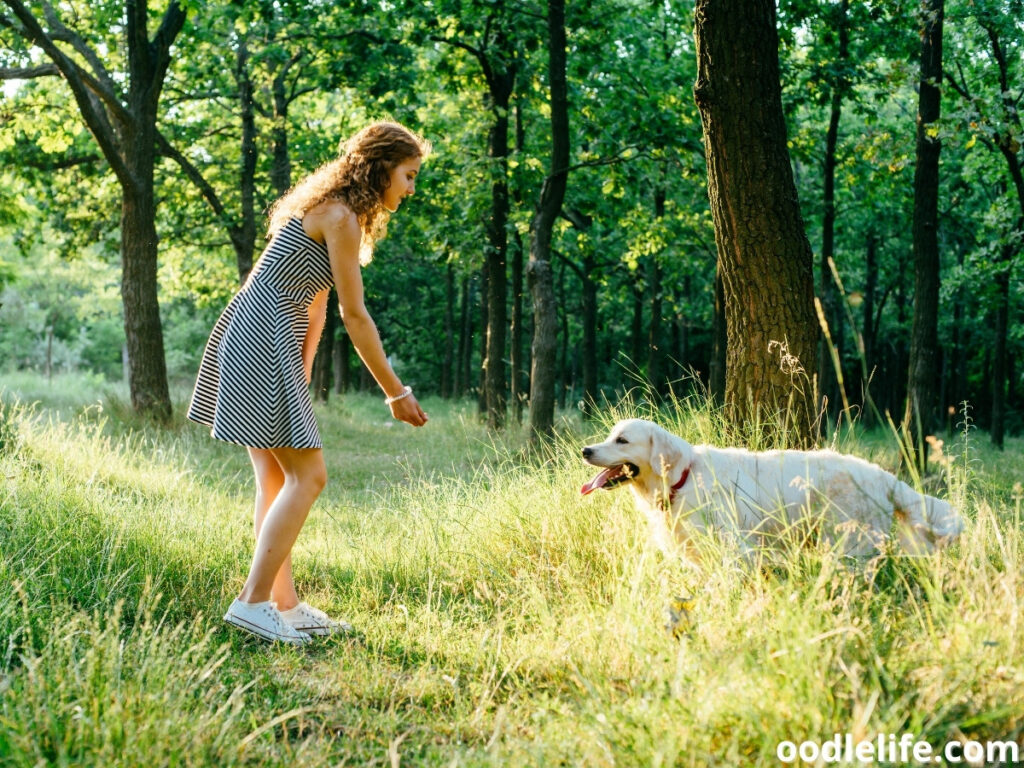
Can Puppies Eat Basil?
When it comes to puppies, it’s best to err on the side of caution, and always check with your veterinarian first before introducing a new food.
Puppies have sensitive, developing digestive systems that might not take kindly to unconventional foods.
If you do decide to use basil with your puppy, start with a miniscule quantity on a puppy and monitor any undesirable side effects.
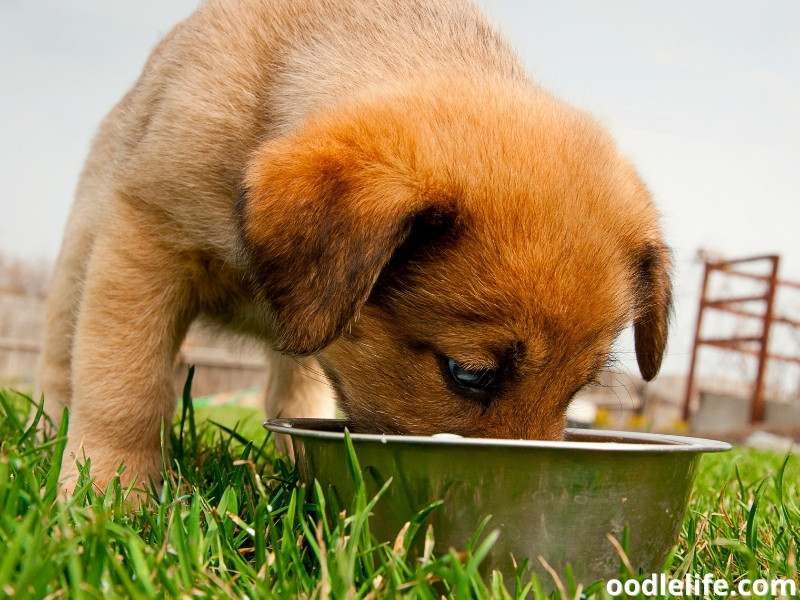
Final Thoughts On Dogs Eating Basil
As any dog owner knows, our furry friends are always looking for something to munch on – and they’re not always choosy about what they eat.
Basil is a good source of vitamins A and K, and it also contains magnesium, iron, and calcium.
Additionally, basil can help to settle an upset stomach and relieve gas. So, if your dog happens to snatch a leaf or two off your basil plant, there’s no need to worry.
Just be sure not to give them too much, as too much basil can lead to abdominal pain and diarrhea. Otherwise, let them enjoy the taste of this delicious herb!
